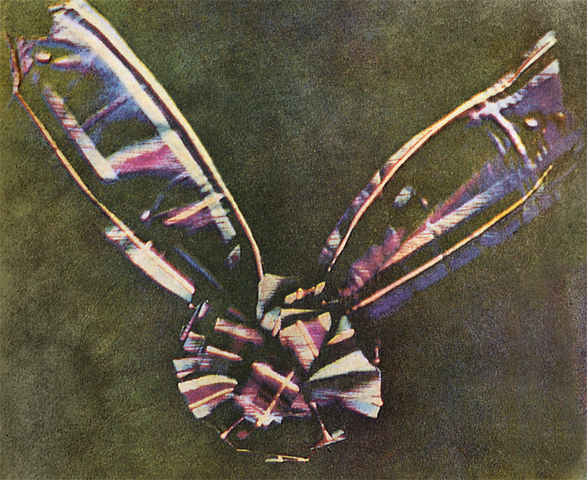
Figure 1 – The world’s first color image, a picture of a tartan ribbon, produced by the three color method by Thomas Sutton for Sir James Clerk Maxwell (from Wikimedia and in the public domain)
As described in yesterday’s blog, additive color theory says that one can create any color by mixing the primaries from three projectors. This fact was described by the great Victorian physicist, James Clerk Maxwell. The critical point made by Maxwell was that the cells of the retina did not perceive color, rather color perception involved the relative stimulation of the red, green, and blue cone cells. He predicted that if three transparent (what we now call slides) black and white photographs of the same scene were taken through red, green and blue filters, and then projected in register onto a screen all of the colors of the original scene would be reproduced.
In 1861 such a set of images, referred to as color separations, were taken by Thomas Sutton, who used them to illustrate a lecture by Maxwell on color. The image was of a tartan ribbon and is shown in Figure 1, the worlds first color photograph. Maxwell commented on the inadequacy of the result, pointing out the need for a photographic material more sensitive to red and green light.
Today photographic historians are puzzled by this image because the emulsion used by Sutton was insensitive to red light. It is now believed that the red in the image actually results from ultraviolet sensitivity of the process.
Of course, these experiments soon faded into obscurity. They were reinvented in the late nineteenth century. We have already discussed the Lumiere brothers Autochrome invention – the first commercially practical color photography process
